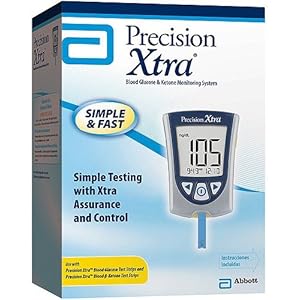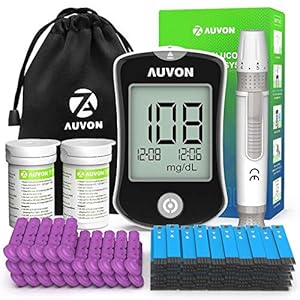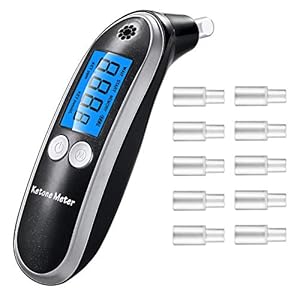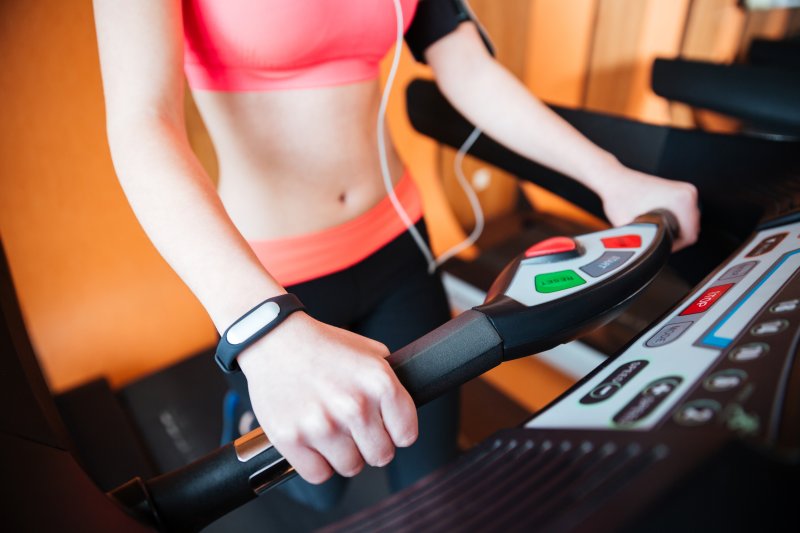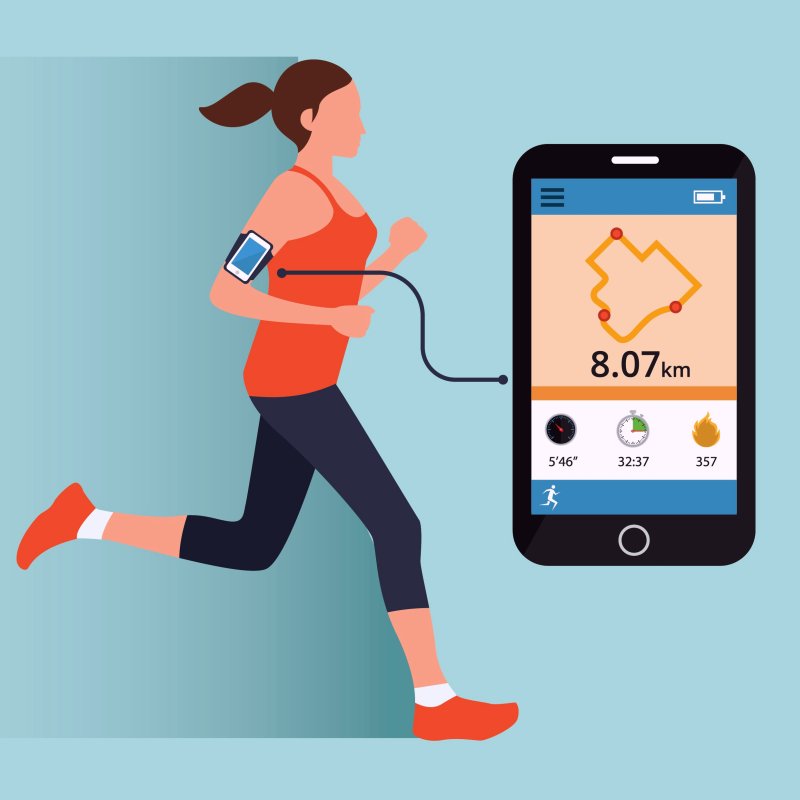Activity Trackers are not only for young people to track critical vital signs by wearing a fitness tracker. Also, for older people with health conditions, this could be helpful. The collected data might, in some cases, be accessed by your doctor for his diagnosis.
What’s a fitness tracker?
![]()
A fitness tracker is a perfect method to monitor your activity with excellent precision quickly. These trackers have made usage of the most current innovation to allow physical fitness lovers to monitor their activities and keep track of their development. The majority of individuals invest so much time on their smart devices or tablets, which is why physical fitness trackers are integrated with these gadgets for report display screens.
The electronic physical fitness trackers are mostly a sophisticated variation of pedometers. As you go about your physical fitness regimens, there are numerous activities that you engage in such as strolling, running, swimming, running, bike flights and typical home tasks.
Tracking Features

Even though almost all activity trackers include tracking functions but some supply you with more unique features. The state-of-the-art gadgets include GPS as well to help you to measure distance accurately. For instance, if your primary activity is running, it should be in a position to capture data for that particular activity.
Sleep keeping track of is additionally becoming a prevalent function. Proper sleep is vital for the well-being of the person. You will find units that offer essential monitoring time, while many give you information on various stages of sleep.
Since precise orientation and clarity are high in consideration when setting your workout goals, a visual impact of your advancements will provide you with a good sense of achievement. Understanding what you have attained and what is yet to be done is the main component for setting much better workout goals. To begin with, you have to get the exact reason for your tracker, be it slimming down, building your body, tracking your sleep, or any objective you have.
You’ll Be Able To Monitor Your Fitness Performance Every Day!
![]()
The main reason that a fitness tracker will enhance your health and fitness is you can monitor your goals way more manageable. Throw away any pen and paper! Recording your targets and data has never been easier. Evidently, this is an excellent reason to make use of a fitness tracker but not the best.
A motivating partner
A fitness tracker works exceptionally well as a motivating friend, to establish and reach your workout goals, to keep track of your heart rate, you can use it also underwater, and besides tracking your sleep.
You’re ready to get hold of a fitness tracker that best suits your health and fitness objective and your budget. Keep in mind that the quality and the features of a fitness watch must decide what type of suit you best.
A fitness tracker is a bit more of a health and fitness friend and a severe coach, than only a gadget. Its major options are the standard of measurement and inspiration. It enables you to check out all your activities available as information, with which you can view how you and where you extend your time and efforts throughout the fitness regimen.
This information will afterward allow you to set smarter goals.
Some trackers allow for that your data will be saved in the cloud by syncing your device with your smartphone. There are many social groups where – after you have put your data online – you can display and share your new fitness details.
You usually even will be recognized when you obtain new fitness objectives. Then when you see the goals that your buddies have previously accomplished, it can make it even more competitive for you. It will keep you motivated to achieve higher and much better goals, too.
Besides, if you omit your exercise routine, it will be identified by your pals, and they will probably comment that. So simply because you don’t want your followers to be disappointed, you will continuously be motivated to do your exercises.
How to use fitness tracking for guaranteed weight loss
You use fitness tracking to calculate precisely how many calories you’re consuming and then to compare this with precisely how many calories you’re burning off. When you subtract the latter from the former, you’ll be left with the difference. If this is a positive number, then you have a calorie ‘surplus’. That tells you that your body is collecting and gathering calories throughout the day, and eventually, these have to be stored somewhere – so they get turned into fat.
On the other hand, if you’re burning more than you’re consuming, then you’ll have a calorie ‘deficit’. This then means that your body needs more calories to get through the day than you’re giving it. So what does it do? It looks to your fat stores, and it burns that fat to provide usable energy.
If you know precisely how many calories are coming in and going out then, you can know for surewhether you will lose or gain weight over time. There is no arguing with this – it is elementary math.
The problem for a lot of us is that we don’t realize where we are gaining the most calories, where we are losing the most weight or where we are making mistakes. Sometimes you feel like you’ve had a ‘good diet day’ when in fact, you’ve taken in a bunch of calories through a soda drink, and you’re in a surplus.
Warning: count(): Parameter must be an array or an object that implements Countable in /home/italytra/public_html/coolfitness.net/wp-content/plugins/woozone/modules/product_in_post/init.php on line 264
Tracking lets you precisely monitor this, so you know exactly how to achieve your goals.
But what about carbs and protein, you ask? Isn’t it true that you can lose weight by keeping your blood sugar down?
Maybe. Sort of. Sure, there is some truth in the fact that different calories affect the body in different ways, but this all gets quite blurry. For the time being, no one knows precisely what the best strategy in regards to meal timing or even if it has a significant impact.
Maybe not all the calories you consume reach your bloodstream. Perhaps the thermogenic effect causes you to burn more fat when you eat protein. It doesn’t matter.
In the face of uncertainty, simple ‘calories in/calories out’ is something you can rely on, and that can’t be bargained with. If you haven’t consumed enough calories to gain weight, then you won’t gain weight.
How to use tracking to lose weight
So first of all, you need to work out how many calories you are burning in a day. The easiest way to do this is by wearing a tracker that’s reasonably accurate and has lots of sensors. The Microsoft Band or Band 2, for instance, will use a heart rate monitor and thereby know precisely how much you’re exerting yourself throughout the day and how many calories are getting burned.
If you don’t have a fitness tracker, though, then you can do this the old fashioned way by calculating your BMR and your AMR. This is your ‘Basal Metabolic Rate’ and ‘Active Metabolic Rate.’ The first number tells you how many calories you burn when you don’t move. That’s right: your body needs to burn calories just merely to keep you breathing, blinking, sweating, and thinking.
Meanwhile, the AMR is how many calories you burn daily, assuming you move your average amount. This is the number we’re most interested in because it says how many calories are going out.
To calculate these numbers, use the following system:
Men:
BMR = 66 + (6.23 x weight in pounds) + (12.7 x height in inches) – (6.8 x age in years)
Women:
BMR = 655 + (4.35 x weight in pounds) + (4.7 x height in inches) – (4.7 x age in years)
To turn this into your AMR, you then multiply that amount by:
- 1.2 if you’re sedentary (little or no exercise)
- 1.375 if you’re lightly active (you exercise 1-3 times a week)
- 1.55 if you’re moderately active (you exercise or work about average)
- 1.725 if you’re very active (you train hard for 6-7 days a week)
- 1.9 if you’re highly active (you’re a physical laborer or a professional athlete)
There you go, now you have the number of calories you’re burning on any given day.
Next up, you need to learn about the number of calories you’re going to be taking in.
The best way to do this is to set up an account on MyFitnessPal or to use the option to input your food on S Health, the Jawbone app or whichever app came with your device.
Now you’ll be able to more easily and quickly track what’s going into your diet and total up the calories. Not only will you see the total, but you’ll also know where the biggest culprits lie when it comes to the amount that you’re taking in.
What you’ll find, though, is that this process of tracking your calories is quite a slow-going one. It won’t take long before you start to get tired and bored of it.
Fortunately, you don’t have to keep it up forever. As long as you keep doing it for a while, you should be able to get an idea of the average calories you’re consuming each day and where the most are coming in.
Take this figure and then subtract the calories out from the calories in. This is your surplus/deficit.
Now how to lower it without tracking every last thing you consume?
The solution is simple. Firstly, we aim to go about 250 calories below the AMR. This means that you’ll have some ‘wiggle room’ so that if you make any mistakes, you’ll still be under, and you’ll still be losing. So this is now your target caloric intake.
The next step is to try and keep your diet as consistent as possible. This might mean having the same packed lunch at work every day and the same breakfast. A bit boring? Sure. But it also makes life much more comfortable and helps to reduce the number of variables.
Now make sure that the combined total of your breakfast and your lunch is around half of your target. That way, when it comes to dinner, you can be a bit more relaxed, not have to calculate anything, and still be safely under.
Of course, if you’re currently 500 calories over your target (hopefully not…), then that’s a lot of calories to cut out of your diet. This is where you need to get creative and look for ways to remove calories that you won’t notice and to start working out just the right amount (and efficiently enough) to burn those extras.
So how do you cut calories from your diet? Here are a few easy tips:
- Have a black Americano instead of a cappuccino. This will cut about 100 calories from your diet right away!
- Stop drinking soda drinks, which are packed with sugar. Drink water instead.
- Get off a stop earlier on the bus and walk
- Stop spreading butter on your bread
- Stop adding sugar to your tea and other foods
- Replace crisps with popcorn
- Look for the least calorific sandwich at your local sandwich shop
The last tip? Work out more efficiently. When you do that, you’ll be able to burn more calories in the same amount of time, and this will also be better for improving your overall fitness.
How to work with fitness trackers
As well as helping you to lose weight more efficiently, trackers also help you to train more efficiently.
Some do this in a certain way. For instance, the Microsoft Band 2 can let you train using ‘guided workouts.’ These are routines written by professional coaches and personal trainers that will optimize the amount of weight you lose or perhaps the amount of muscle you build, depending on the goal you’re going after.
Better yet is the option to combine the Band 2 with Xbox Fitness. Here, you can then do things like the Insanity Workout while the app measures your precise performance and helps you to train more efficiently while staying within the best levels of intensity.
Of course, something like the Atlas, which we looked at earlier, is also particularly great for talking to you through specific moves.
But if you want to train more efficiently generally, then all you need is the ability to monitor your heart rate. Even if you don’t have a fitness tracker, a lot of CV machines at the gym have this capability and use sensors in the handles to measure your bpm.
This then allows you to know precisely how hard you’re pushing your body, which in turn will allow you to train in the perfect ‘fat burning zone’ to lose the most weight.
So what is the ‘perfect fat burning zone.’ That all depends on who you ask, and actually, the concept is quite controversial.
Traditionally, it was said that the fat burning zone was 70-75% of your MHR – your maximum heart rate. To find your maximum heart rate, you simply look at the highest your heart rate gets during the most intensive exercise.
The logic was that when you trained at 70-75% of your MHR, you would be training at the optimum rate to burn fat stores. If you train less than that, then you won’t tax your body enough and the fat burning will be slow. If you work harder than that, though, then you’ll be in an ‘anaerobic state,’ meaning that your body won’t have time to find the fat stores and will have to burn glucose for energy from your blood instead.
So 70% burns fat, 90% burns carbs. It makes sense to go at 70%, right?
Well, not necessarily. That’s because going at 90% still burns more calories overall because you’re training faster. And when you burn all the carbs from your bloodstream, this has a very positive effect on your fat loss for the rest of the day. This is what some fitness gurus call the ‘after burn effect.’ In other words, if you burn up all the energy that’s in your blood, then your body is forced to look to other places – such as fat stores – when fuelling activities for the rest of your day.

Fitbit Charge 3 Fitness Activity Tracker
Better measure calorie burn, understand resting heart rate & more with 24/7 heart rate tracking and a battery life of up to 7 days (varies with use and other factors); Charge time (0 to100 percent) 2 hours Choose from 15 plus exercise modes like run, bike, swim, yoga, circuit training and more, set a goal, and get real time stats during your workouts to see how you can keep getting better Automatically record time spent in Light, Deep and REM sleep stages and see activity trends, health insights and personalized guidance in one place with Fitbit Today. Operating temperature is -10° to 45° Celsius

Fitbit Versa 2 Special Edition Health & Fitness Smartwatch with Heart Rate, Music, Alexa Built-in, Sleep & Swim Tracking
Use Amazon Alexa Built in to get quick news and information, check the weather, set timers and alarms, control your smart home devices and more all through the sound of your voice (third party app may be required; Amazon Alexa not available in all countries) Based on your heart rate, time asleep and restlessness, Sleep Score helps you better understand your sleep quality each night; Also track your time in light, deep and REM sleep stages and get personal insights Control your Spotify app, download Pandora stations and add Deezer playlists plus store and play 300+ songs on your wrist (subscription required; Pandora is US only)

Fitbit Inspire HR Heart Rate and Fitness Tracker, One Size (S and L Bands Included), 1 Count
Utilize 24/7 heart rate to more accurately track calorie burn, resting heart rate & heart rate zones during workouts Track all day activity, including steps, distance, hourly activity, active minutes and calories burned. The Fitbit Inspire band is made of a flexible, durable elastomer material similar to that used in many sport watches, and fastens with a peg and loop Automatically track sleep, plus due to the heart rate feature, get more insights into your light, deep & REM sleep stages

Letsfit Fitness Tracker HR, Activity Tracker Watch with Heart Rate Monitor, IP67 Water Standard Smart Bracelet with…
Daily Activity and 14 Sports Tracking: Letsfit fitness tracker tracks your daily stats: steps, distance, active minutes and calories burned; tracks workouts with 14 exercise modes and use your smartphone GPS to see real-time pace and distance Real Time Heart Rate Monitor: Letsfit heart rate monitor adopts the latest HR sensor for accurate heart rate monitoring. You can adjust your lifestyle for better heart health. Note: This device is for outdoor use only and not a medical device Sleep Monitoring: Letsfit fitness tracker automatically tracks your sleep and analyze your sleep quality with light sleep, deep sleep and awake time. The humanized silent vibration alarm can wake you up without disturbing others

LETSCOM Fitness Tracker HR, Activity Tracker Watch with Heart Rate Monitor, Waterproof Smart Fitness Band with Step…
Heart Rate & Sleep Monitoring: Tracks real-time heart rate automatically & continuously and automatically tracks your sleep duration & consistency with comprehensive analysis of sleep quality data, helping you adjust yourself for a healthier lifestyle All-day Activity Tracking: Accurately record all-day activities like steps, distance, calories burned, active minutes and sleep status Multi-Sport Modes & Connected GPS: 14 exercise modes help you better understand specific activity data; Connect the GPS on your cellphone can show run stats like pace and distance and record a map of your workout route





